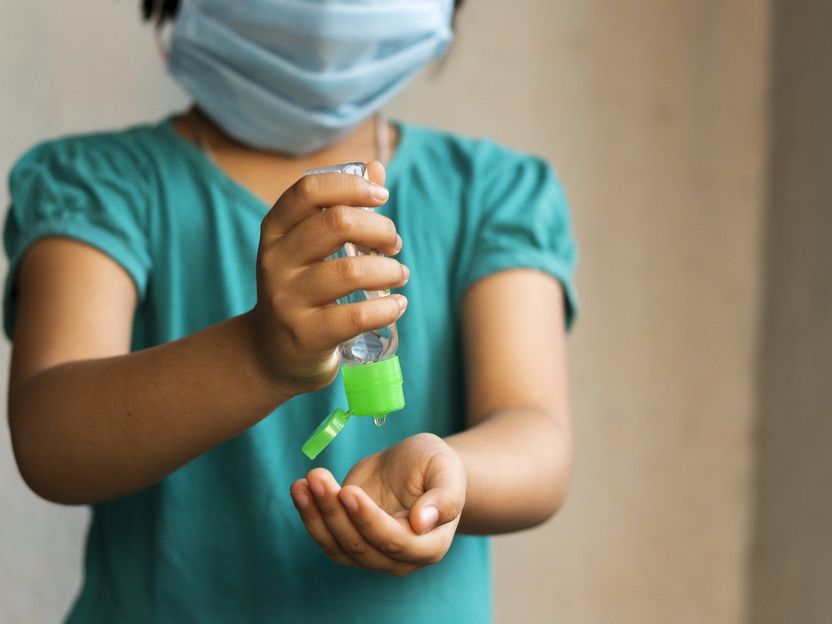Children develop long-term immunity to COVID-19
Asymptomatic course of infection in children five times more often than in adults
Advertisement
What is the course of a Covid-19 infection in children, are they protected after a mild course and what role do they play in the pandemic as infected persons, infection foci and amplifiers? Scientists from the University Hospitals in Freiburg, Heidelberg, Tübingen and Ulm as well as from the Natural and Medical Sciences Institute (NMI) in Reutlingen have investigated these central questions in the COVID-19 children study initiated and financed by the state of Baden-Württemberg. They showed that children within families were infected significantly less often than adults and that the course of the disease was usually much milder. At the same time, the immune response in children was on average stronger and lasted longer than in adults, regardless of whether symptoms occurred. The findings were published as a preprint on July 23, 2021.

Fewer symptoms, better immune protection
For the study, 328 families with at least one member affected by COVID-19 were studied multiple times. A total of 548 children between the ages of 6 and 14 and 717 adults participated. In families with one infected person, children (34 percent) were significantly less likely to become infected than adults (58 percent) and - in the case of infection - were five times more likely to be without signs of illness (adults: 9 percent, children: 45 percent). Nevertheless, the children showed stronger and longer lasting specific antibody levels than adults eleven to twelve months after infection. This was true whether or not signs of disease were present. The childhood antibodies are well effective against different virus variants, so that even children who are not visibly ill should be protected after infection. None of the infected children had to be treated in hospital.
Signs of illness differ
Adults and children also differed in the reported symptoms. While fever, cough, diarrhea, and taste disturbance were equally good indicators of infection in adults, only taste disturbance was a clear indicator of COVID-19 infection in children (in 87 percent). Cough and fever were indicative of infection only with increasing age from about twelve years.
In summary, children recovered from COVID-19 develop very effective and persistent immune defenses against new coronavirus infections despite an often very mild or even symptom-free course. There are indications that the children's immune defence even surpasses that of adults.
Note: This article has been translated using a computer system without human intervention. LUMITOS offers these automatic translations to present a wider range of current news. Since this article has been translated with automatic translation, it is possible that it contains errors in vocabulary, syntax or grammar. The original article in German can be found here.
Original publication
Other news from the department science
Most read news
More news from our other portals
See the theme worlds for related content
Topic world Antibodies
Antibodies are specialized molecules of our immune system that can specifically recognize and neutralize pathogens or foreign substances. Antibody research in biotech and pharma has recognized this natural defense potential and is working intensively to make it therapeutically useful. From monoclonal antibodies used against cancer or autoimmune diseases to antibody-drug conjugates that specifically transport drugs to disease cells - the possibilities are enormous

Topic world Antibodies
Antibodies are specialized molecules of our immune system that can specifically recognize and neutralize pathogens or foreign substances. Antibody research in biotech and pharma has recognized this natural defense potential and is working intensively to make it therapeutically useful. From monoclonal antibodies used against cancer or autoimmune diseases to antibody-drug conjugates that specifically transport drugs to disease cells - the possibilities are enormous



























































